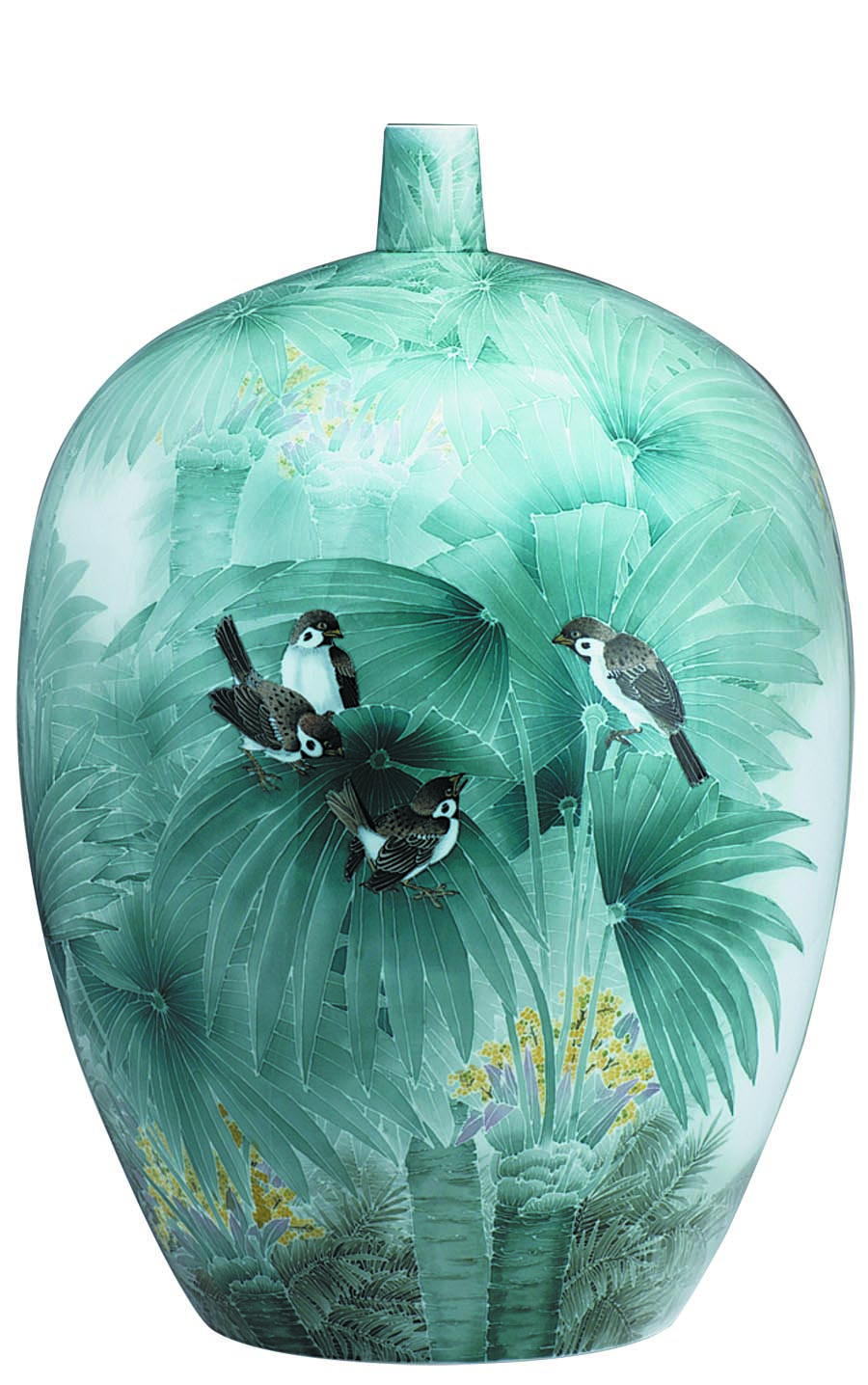

A set of porcelain paintings she created with a floral theme, including peony, lotus, hydrangea and camellia, was collected and exhibited at the Great Hall of the People in 2019. She has also proposed many motions to promote the development of porcelain in Liling. For example, during a study she found that a former ceramic site in Liling, covering 12,900 hectares, included many sparsely distributed areas related to ancient kilns.
"The relics are of various types and have different requirements for protection, making it difficult for us to protect and use them," says Huang.
The core area of the site is in Weishan village, Liling, where there are 194 sites related to porcelain-making since the Song Dynasty (960-1279), seven ancient architectural complexes and 123 traditional buildings.
"The site is a living fossil of porcelain production from ancient China, and is significant for the study of the development of porcelain in the southern part of China," says Huang.
She says she hopes archaeological efforts at the site will lead to its better protection and future development, as well as to a national-level archaeological site park plan there, so as to develop tourism and promote local rural vitalization.
Zhu Youfang in Changsha contributed to the story.